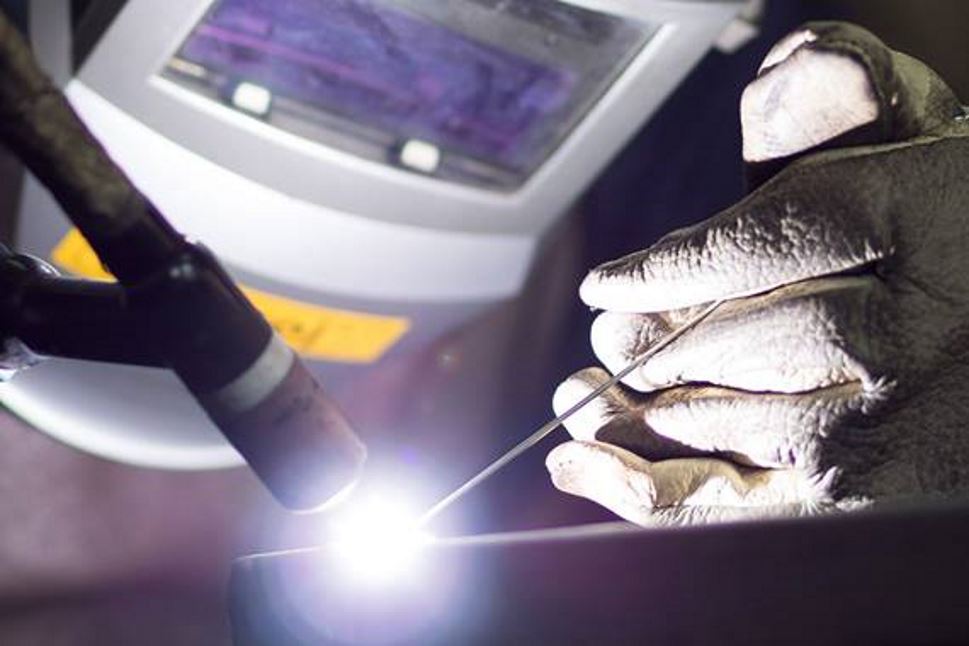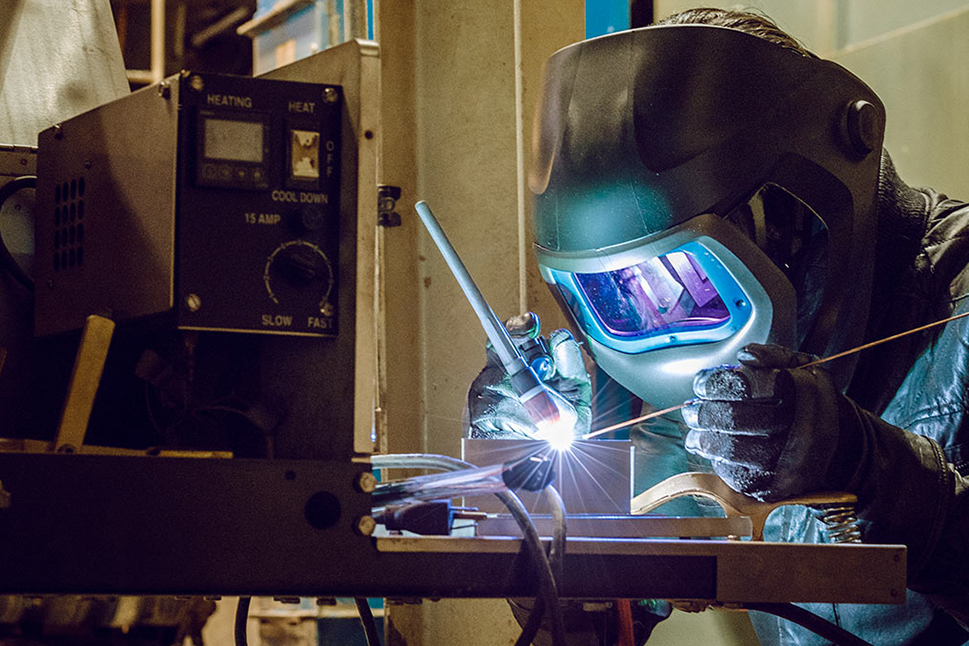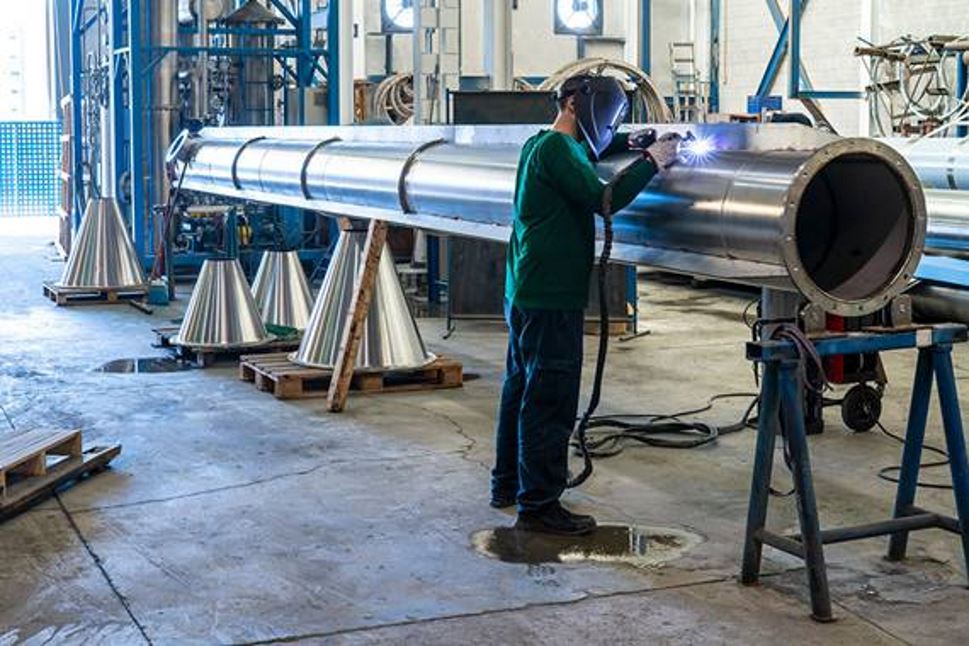Want to know more?
Whatever you are welding, Air Products’ innovative Maxx® gases range will give you superior results. Formulated to boost output through a unique combination of weldability, weld quality and higher welding speeds, you will achieve improved productivity with fewer rejects.

Tungsten inert gas welding is usually called TIG welding. An electric arc between a non-consumable tungsten electrode and the workpiece provides the heat needed for the welding operation. The tungsten electrode is not melted, and any filler metal needed to build up the weld profile is added separately. The molten metal in the weld pool, the tip of the filler wire and the hot electrode are protected from atmospheric contamination by a shield of inert gas.
TIG welding allows independent control of the heat from the arc and the input of the filler material. This enables excellent control of the weld pool making TIG welding the optimum choice when welding.

In manual welding the operator points the electrode in the direction of welding and uses the arc to melt the metal at the joint. If filler metal is required, when making a fillet weld for example, it is added to the leading edge of the weld pool. Filler is supplied as cut lengths of wire, usually 1 meter in length.
Arc length is controlled by the welder and is usually between 2mm and 5mm.
Travel speed is adjusted to match the time needed to melt the joint and keep a constant weld pool size.
One of the advantages of TIG is that it allows you to weld a wide range of materials. Modern power stability. Machines ranging from 5A (micro-TIG) to over 500A are available.
Using a high frequency (HF) arc starting device enables the arc to be struck without the need to touch the workpiece with the electrode.

Often the gas is argon, but helium by itself, or mixed with argon, may be used for special applications. Argon-hydrogen mixtures can be used for austenitic stainless steel.
Air Products recommends the following gases for TIG welding: